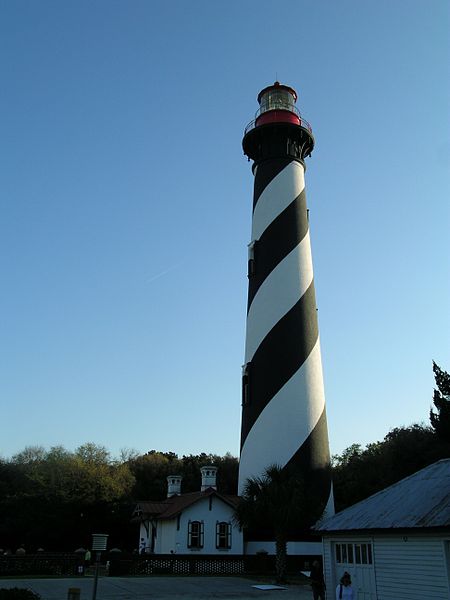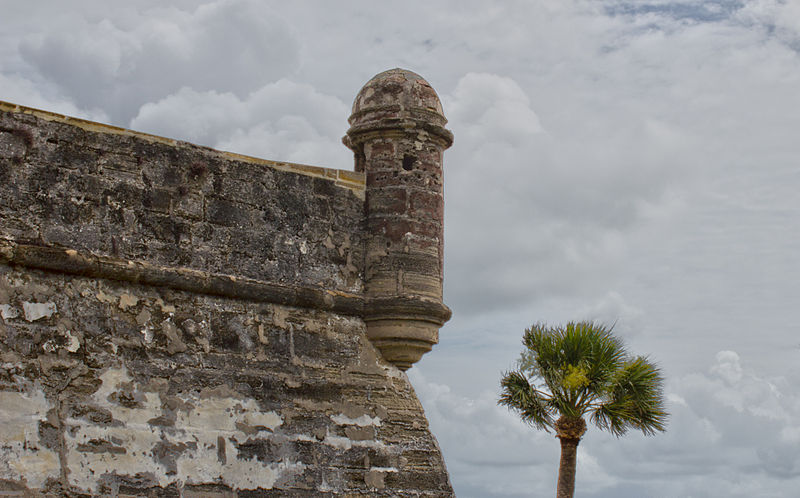
Thanksgiving is coming. A holiday enjoyed by nearly everyone in the country and perhaps my favorite secular holiday. And yes, unlike in other places, Thanksgiving in the U.S. is secular although everyone of every faith celebrates in their own way. A truly diverse holiday.
The first Thanksgiving celebrated in 1621 in Plymouth Plantation is usually what we think of when we think of the origins of the holiday, but is that true? How Northern European centric are we being with that celebration?
A few weeks back I was in Gainesville, Florida, for a meeting and had the opportunity to go to St. Augustine with an archaeologist as a guide — at least for part of the day. St. Augustine, founded by the Spanish crown in 1565 as a military installation, is still the oldest European-based settlement in the U.S. When the Spanish landed, they immediately fortified an area, offloaded their ships and had a mass of thanksgiving and a feast. The first Thanksgiving. Probably, but not important really. The settlement site was attacked, burned down a number of times and rebuilt, and while it moved from Spanish to English to Spanish to English hands, there were always people in the area.
What is important is that nearly everyone outside of Florida who is not an American history teacher of some kind thinks of the Plymouth colony, or Jamestown settlement. The first European child born in what would become the U.S. was not Virginia Dare, but Martín de Argūelles, born in 1566. St. Augustine was also an unusual place in that while it had slaves, they weren’t all from Africa and there were many African freemen as well. Why? Because if you pledged allegiance to the Spanish crown and converted to Catholicism you could be a resident and protected. Slavery, as ugly as it is, was of a different sort. A Spanish slave could buy his or her freedom and many did.

Macapplethorpe
Some of the early 17th century town still exists and has been conserved. The 17th century fort, the oldest in the continental U.S., still stands on the water’s edge facing the bay. The chapel, living areas and the “necessary” are still there.
These men and women, whether Spanish soldiers, their wives, native Americans from the Saturiwa or Africans undoubtedly spoke Spanish as their common language. They attended church together, and while excluding other faiths, they embraced other differences.
It is only because England won the wars against Spain and France and Florida was a prize passed back and forth that St. Augustine is not what we look to at Thanksgiving. I suppose it is a case of to the victors go not only the spoils but the place in history.
Archaeologically, we know a lot about the St. Augustine settlement and its original location in what is now Fountain of Youth Park. A new exhibit, “First Colony: Our Spanish Origins,” curated by Kathleen Deagan of the University of Florida at the Florida Museum of Natural History, opened last week and we had a preview at Old Colony House in St. Augustine, where the exhibit will remain until 2016. Eventually, this exhibit will travel across the country, bringing the Spanish origins of many of our citizens to light.


